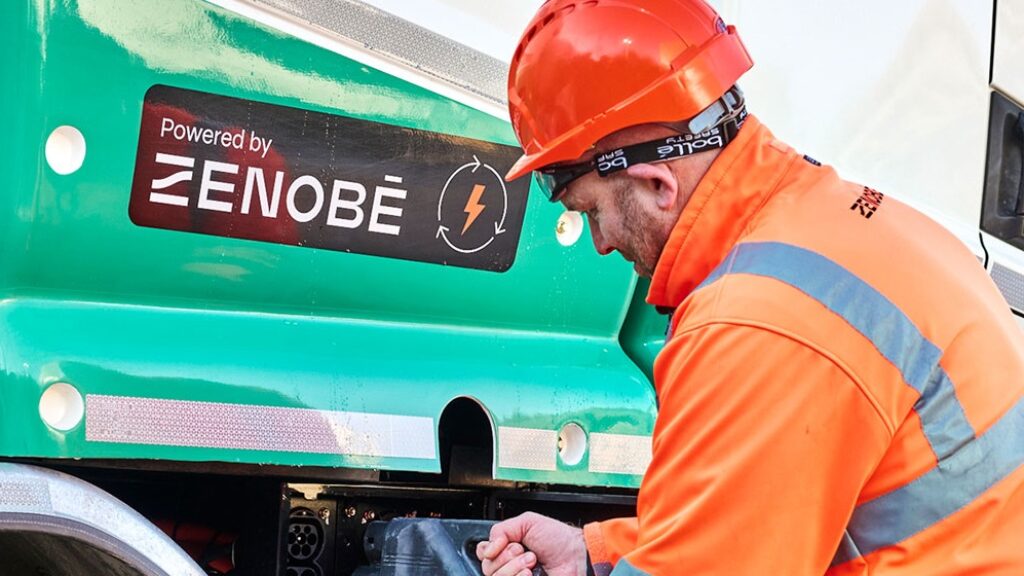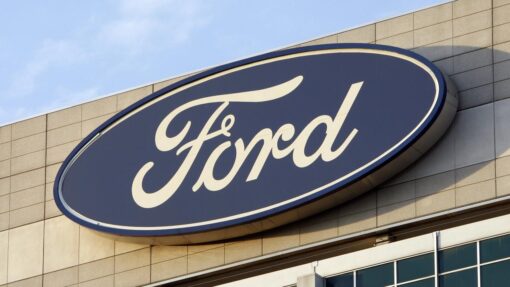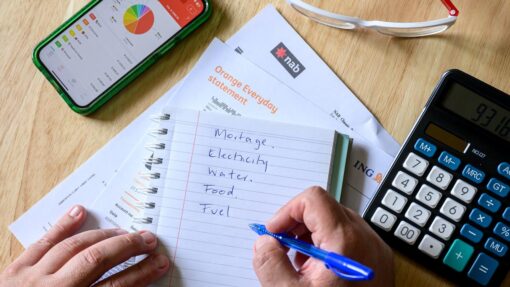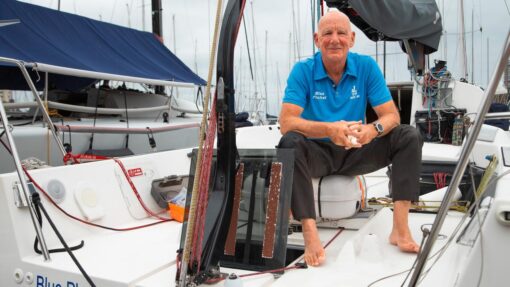Transport needs clear signals and certainty to contribute to 2035 emission reduction targets

By Gareth Ridge
Australia is at a critical juncture in its journey towards an electric transport future.
The Government has announced its 2035 emission reduction targets of 62-70% and a key factor in delivering these targets will be the rapid electrification of the nation’s heavy vehicle fleet.
Australia’s road freight industry contributes 8.6% of GDP and is expected to grow by 77% by 2050[1]. Much of Australia’s economy relies on freight as a key component of supply chains and remains greatly reliant on diesel. Heavy freight accounts for approximately 40% of Australia’s transport emissions[2], which is around 7% of total emissions, and they’re heading in the wrong direction. In fact, due to the slow uptake of electrified heavy vehicles, freight emissions are projected to increase 16% by 2040[3].
This presents an incredible opportunity for both sectoral transformation and emissions reduction – but it requires good leadership and smart legislation. To ensure Australia’s heavy vehicle fleet achieves significant emissions reductions the sector needs policy stability and a clear road map for road freight electrification including infrastructure and the right regulatory settings.
Getting these three areas right is critical to attract the investment needed for a successful electric freight transition. Sudden or unclear policy moves, such as a road-user charge without a clear transition plan risks deterring essential investments. A national road-user charge is important and one that is well designed with a clear implementation plan will not adversely impact commercial electric vehicle adoption. However, if it leads to mixed or unclear policy signals it risks slowing momentum just when electrification needs to accelerate.
Grid readiness is the next most important “make-or-break factor” in electrifying Australia’s road freight. Without coordinated investment to upgrade grid capacity, fleet operators will face costly delays and miss vital emissions targets. This is about ensuring the infrastructure is there to support and complement the technology already working at the fleet level. It is no longer a pilot project or optional; it’s a nation-building task demanding urgent action.
Untangling regulatory roadblocks is another important element for success. The current system is out of date, unnecessarily complex and no longer fit for purpose. Under current settings, a vehicle compliant in one state can become non-compliant upon crossing a border, an unnecessary barrier to adoption. Simplifying and harmonising these rules will help smooth and accelerate uptake of electric heavy vehicles.
Beyond these important areas, Australia urgently needs a fuel-efficiency standard for heavy vehicles, akin to the recent New Vehicle Efficiency Standard for passenger cars. Currently, Australian heavy vehicles only comply with Euro V standards, which regulate pollutants but fail to address CO2 emissions. Other major nations have acted; if Australia is serious about meeting its emission targets, we must offer more incentives and clear fuel-efficiency standards.
Private specialist companies, such as Zenobē, are demonstrating that large-scale electrification is possible today by delivering comprehensive solutions. Supporting more than 3,400 electric vehicles globally, our projects illustrate the viability of electrifying fleets. This proves that large-scale electrification is possible today, and the economics stack up when the right combination of infrastructure and policies are in place.
Without them, Australia risks falling behind its peers and could make our 2035 emissions reductions targets harder to achieve.
Gareth Ridge is Zenobē’s Country Director of EV transport leading operations across Australia and New Zealand, delivering cutting-edge energy and fleet electrification solutions to accelerate the transition to net zero.
[1] Australian Renewable Energy Agency. (2025). AECOM – Electrifying Road Freight Report. [online] Available at: https://arena.gov.au/knowledge-bank/aecom-electrifying-road-freight-report/.
[2] Climateworks Centre, 2023, Delivering freight decarbonisation: Strategies for reducing Australia’s transport emissions.
[3] DCCEEW 2024, Australia’s emissions projections 2024, Department of Climate Change, Energy, the Environment and Water, Canberra, November. CC BY 4.0



